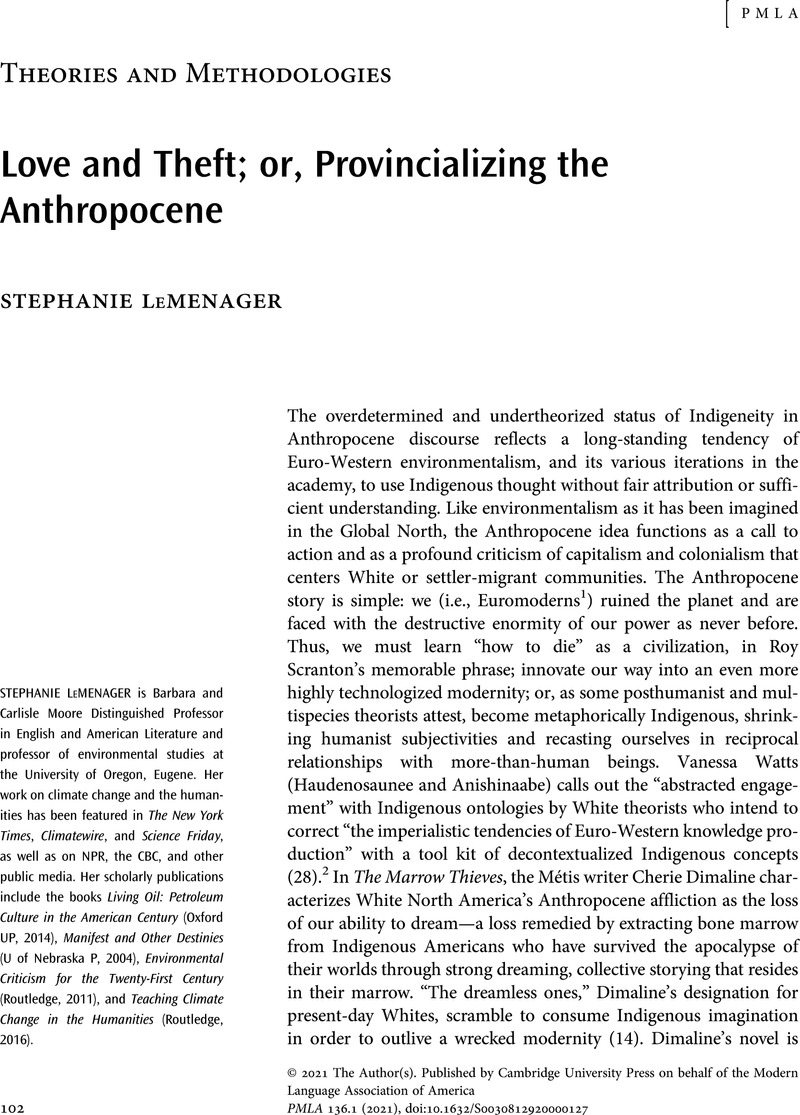Crossref Citations
This article has been cited by the following publications. This list is generated based on data provided by Crossref.
Neimanis, Astrida
and
McLauchlan, Laura
2022.
Composting (in) the gender studies classroom: Growing feminisms for climate changing pedagogies.
Curriculum Inquiry,
Vol. 52,
Issue. 2,
p.
218.
Rice, Mary
and
Argüello de Jesús, Joaquín T.
2024.
Decolonizing digital accessibility within land/water realities using minimal computing.
Learning, Media and Technology,
Vol. 49,
Issue. 5,
p.
755.



